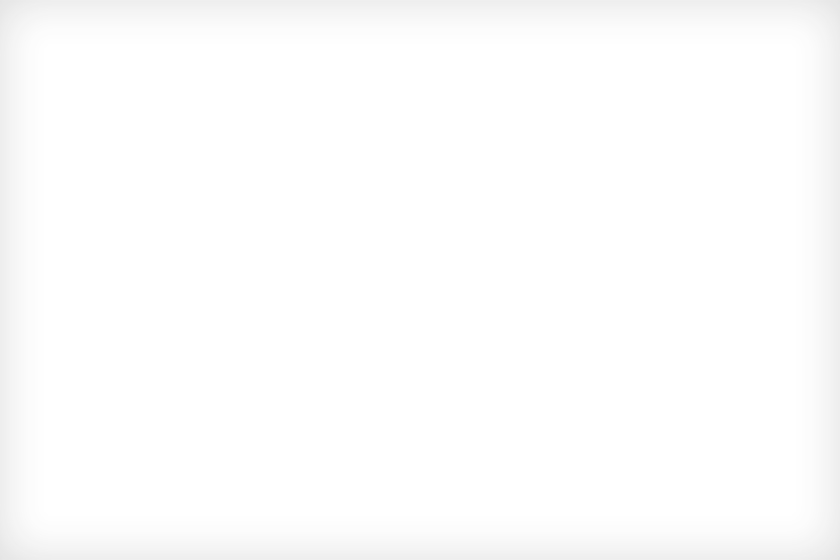
Let’s look at some key arguments for targeting geese in the afternoon. (Photo By: Dan Hruska, HP Outdoors)
One of the most fun aspects about waterfowl hunting is when you get the opportunity to break a few rules. Like not using the classic alphabet decoy patterns or placing the blind in the kill hole kind of rules. Birds wise up to the rule book quickly, and it often pays to be different.
There are a number of key reasons of to vote for hitting the snooze and setting up later in the day to bang on birds, from the simple pleasure of sleeping in, to avoiding the competition of getting to a field first, to exploiting an overlooked and untapped potential, there’s just something special about being out there later in the day. You’ll likely find your own arguments for targeting geese in the afternoon, but if you’re still undecided, here are some additional tips from a seasoned goose hunter to help you get more geese on your late day hunts.

Get After It
Benjamin Webster, owner of Big Kansas Outdoors, runs his operation in central Kansas with hunts that often include afternoon goose setups, specifically. Unlike many other outfitters, Webster offers a single hunt each day that capitalizes on the weather, and if the scales are tipped to support a late-day hunt, that’s what they do. Instead of providing his clients with two average or mediocre hunts, when the weather dictates it, these afternoon sits can be real bang-up hunts.
“There are several advantages for hunting the afternoon,” Webster suggests, “There’s typically much less hunting pressure, it’s usually warmer, and you’ve got the sun out with no frost on your decoys.” “We use the weather to our advantage, and every hunter should. If it’s going to be brutally cold with no wind in the morning, you’re going to have frost on the decoys. Sleep in and scout the fields and hunt the afternoon when you have sun, better wind, and clean decoys.”

Webster goes on to advocate for goose hunters to think outside the box and aim for an afternoon setup for geese. “When you get stuck in a rut doing the same thing, you’ve got to try something different to get out of that pattern.” “The birds get a lot of pressure in the morning, so it’s good just to switch it up on them, it’s never going to hurt, and it can make a big difference. If you can just wait, be patient, and play the weather, you’re going to be way more successful.”
For anyone looking to go for gold on their afternoon goose hunt, Webster makes the following suggestions:
- The wind is usually better and more consistent in the afternoon vs the morning, where it may be light and variable—or no wind at all;
- Nine times out of ten, any geese that you see in a field in the morning will be back there in the afternoon;
- Use field edges and tree lines to hide, and be conscious of your shadows in the low angle of the late-day sun;
- Watch your hide and decoy setup with the sun setting in the west, vs. rising in the east like you’re accustomed to during the morning hours;
- Decoy setups stay the same no matter the time of day or part of the season you’re in, but pay attention to what you’re seeing in your scouting and match that in your decoy placements;
- Be ready. You’re going to get a shorter flight, maybe only one to two hours, but they’re going to come out hot and heavy and ready to feed.

Loving It Late
The morning magic of hunting geese at first light will never go away, but at times, there may be good reason for us to hunt later in the day. Perhaps you can sneak out of work early or maybe one day you’ll have to wait for the weather to break. Migrating geese will generally feed twice a day throughout the season, so consider capitalizing on the latter part at some point this year.
The best hunts—at least the most memorable ones—don’t just fall into your lap. Sure, there may always be some luck involved, but I’m willing to bet the stories you’ll be telling decades from now will revolve around the times you dared to do something different and had a blast. Just like the childhood book series, it’s “choose your own adventure” out there, you never know what you might find if you don’t try it.











































